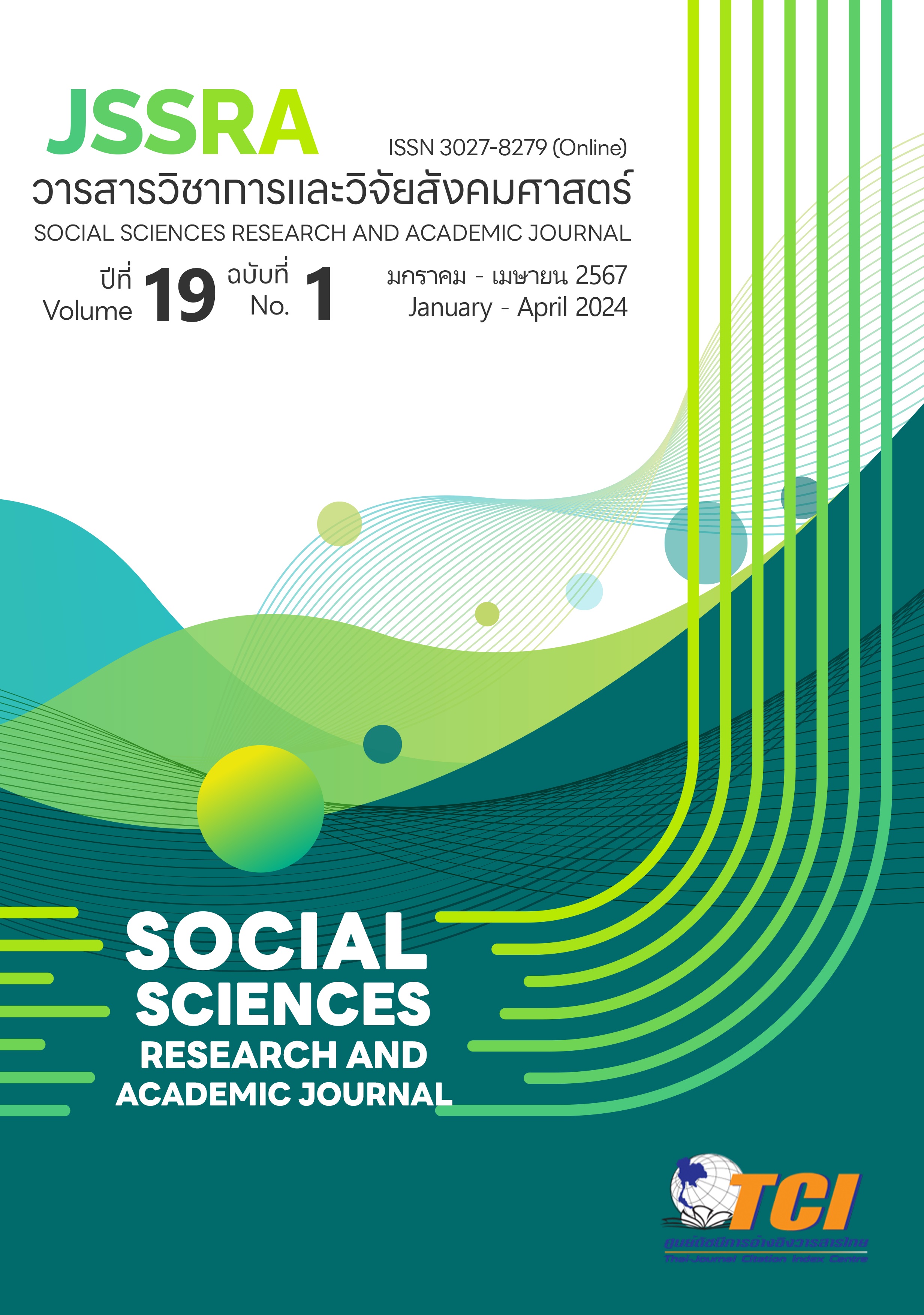Total Factor Productivity Growth of Thai Tourism
Main Article Content
Abstract
This research article aimed to explore total factor productivity growth (TFPG) in the tourism industry and related sectors. Secondary data reported in the tourism satellite account (TSA) were employed to estimate the Cobb-Douglas production function and calculate the Solow index, which represents TFPG in this article. The results showed that prior to the onset of COVID-19 (2010-2018), TFPG in the tourism industry had shown improvement. There were 4 sectors which found TFPG constant. However, since 2019, with the advent of COVID-19, TFPG has declined across all sectors. Therefore, the policy recommendations are (1) to provide financial support for rapid recovery and (2) to integrate both general and specific policies to enhance the resilience of the Thai tourism industry.
Article Details
References
กระทรวงการท่องเที่ยวและกีฬา. (2566). สถิติการท่องเที่ยว 2565. สืบค้นเมื่อ 11 ตุลาคม 2566, จากhttps://www.mots.go.th/more_news_new.php?cid=411
คณะกรรมการนโยบายการท่องเที่ยวแห่งชาติ. (2566). แผนพัฒนาการท่องเที่ยวแห่งชาติ ฉบับที่ 3 (พ.ศ. 2566 – 2570). กรุงเทพฯ: กระทรวงการท่องเที่ยวและกีฬา.
Assaf, A. G., and Tsionas, M. (2018). The Estimation and Decomposition of Tourism Productivity. Tourism Management, 65, 131-142.
Barros, C. P., and Alves, F. P. (2004). Productivity in the Tourism Industry. International Advances in Economic Research, 10(3), 215-225.
Bayrak, R. (2018). Total Factor Productivity of Tourism Sector of OECD Countries. Journal of the Faculty of Economics and Administrative Sciences Cankiri Karatekin University, 8(2), 157-177.
Chanchareonchai, K., Virunhaphon, D., and Vimonsi, P. (2008). Explaining Economic Growth and Total Factor Productivity in Thailand. Chulalongkorn Journal of Economics, 20(2), 113-140.
Dhehibi, B., Frija, A., Aw-Hassan, A., Akroush, S., and Ibrahim, A. (2015). Approaches to Total Factor Productivity Measurements in the Agriculture Economy. Jordan: CRP on Dryland Systems (DS).
Hulten, C. R. (2001). Total Factor Productivity: A Short Biography. In C. R. Hulten, E. R. Dean, and M. J. Harper. (Eds.). New Development in Productivities Analysis. (pp. 1-54). University of Chicago Press.
Kim, J., and Park, J. (2017). The Role of Total Factor Productivity Growth in Middle-Income Countries. Retrieved April 11, 2023, from https://www.adb.org/sites/default/files/publication/383176/ ewp-527.pdf
Metcalfe, J. S. (1997). The Evolutionary Explanation of Total Factor Productivity Growth: Macro Measurement and Micro. Revue d’économie industrielle, 80(2), 93-114.
Perez, A. M., Martinez-Sanchez, M. E., and Nicolas-Sans, R. (2022). The Spanish Tourism Sector: Digital Transformation and Total Factor Productivity. Cuadernos de economía, 45(127), 140-155.
Saleem, M. A., Bhutta, Z. M., Nauman, M., and Zahra, S. (2019). Enhancing Performance and Commitment Through Leadership and Empowerment: An Emerging Economy Perspective. International Journal of Bank Marketing, 37(1), 303-322.
Saliola, F., and Seker, M. (2011). Total Factor Productivity Across the Developing World. Retrieved April 11, 2023, from https://documents1.worldbank.org/curated/en/646931468157519398/pdf/682730BRI0ESN00LIC00Productivity023.pdf
Srisomboon, S. (2020). Labor and Labor Productivity in National Account Aspect. Bangkok: Office of the National Economic and Social Development Council.
Sun, J., Zhang, J., Zhang, J., J., Ma, J., and Zhang, Y. (2015). Total Factor Productivity Assessment of Tourism Industry: Evidence from China. Asia Pacific Journal of Tourism Research, 20(3), 280-294.
Tzeremes, P. (2019). Analysing the Linkage Between Total Factor Productivity and Tourism Growth in Latin American Countries. Journal of Economics, Finance and Administrative Science, 27(54), 119-230.


